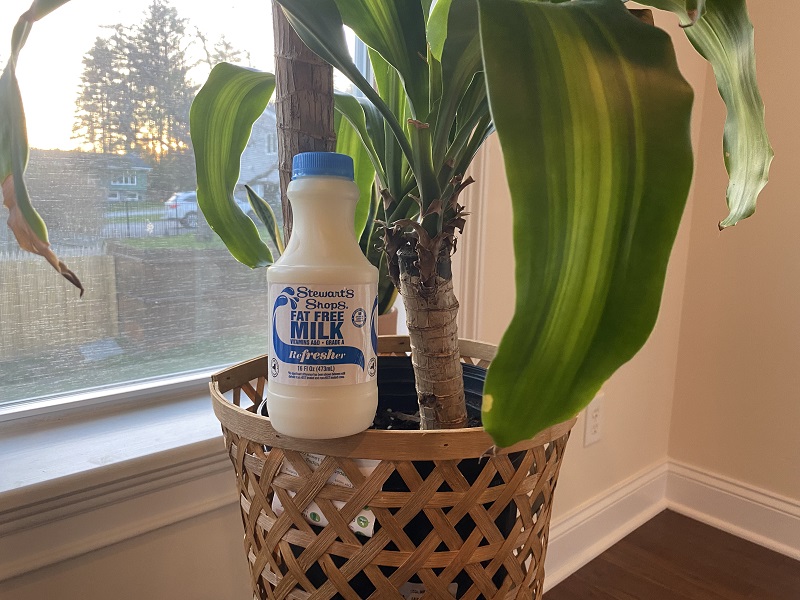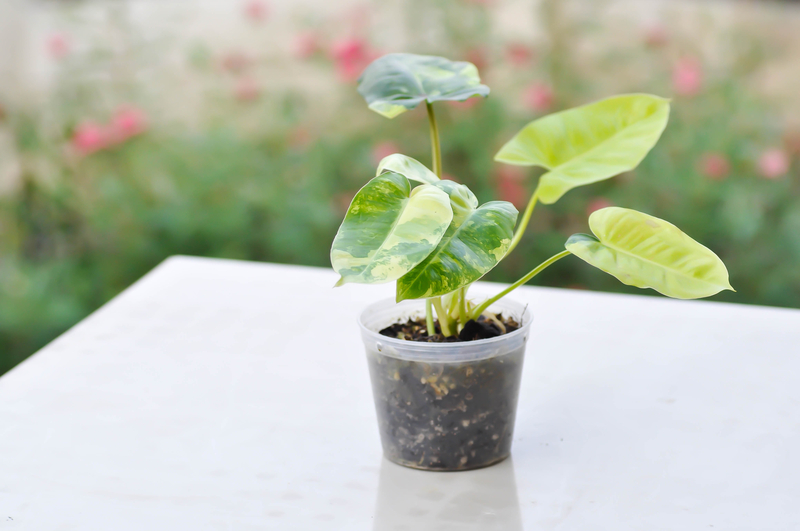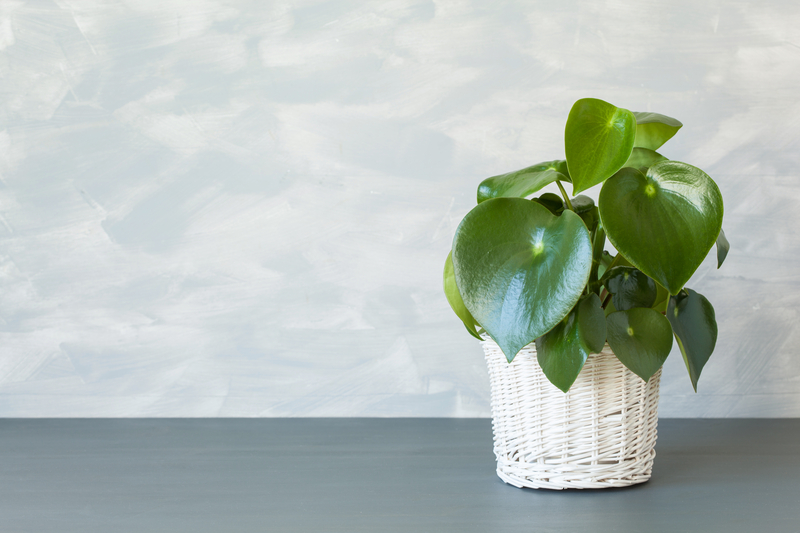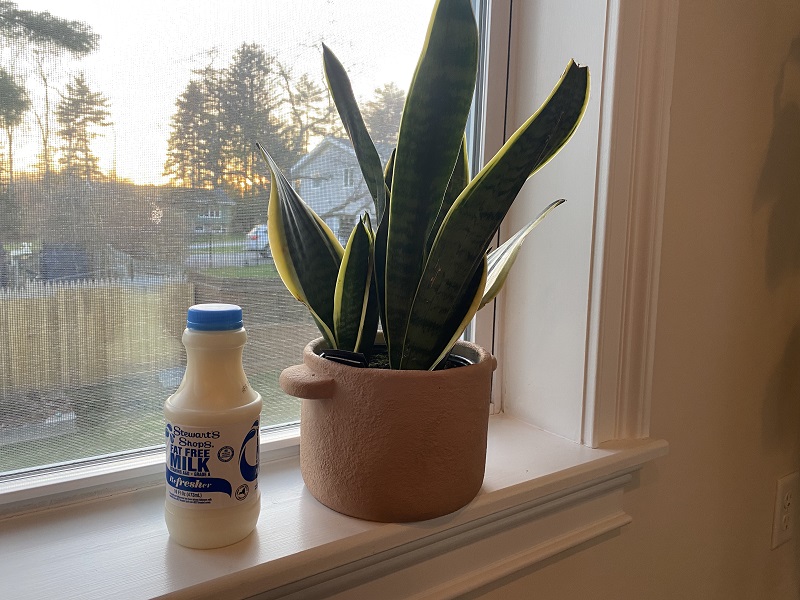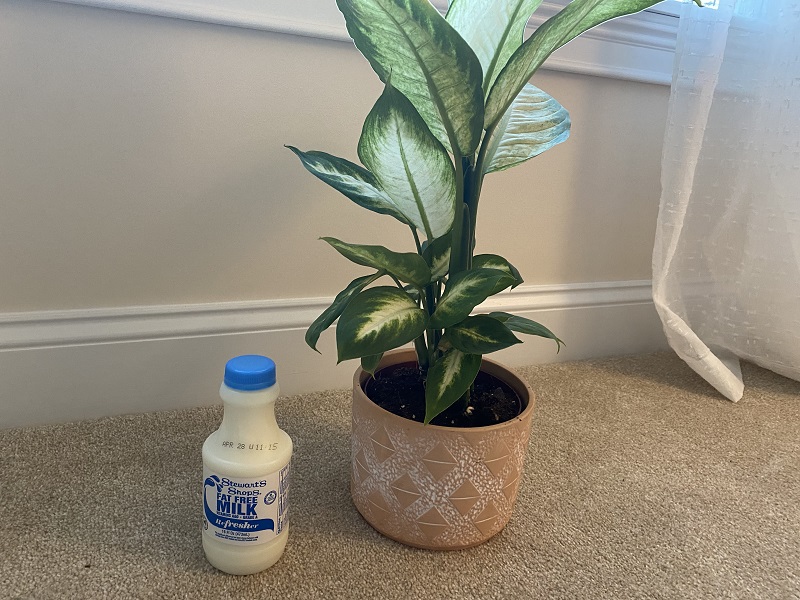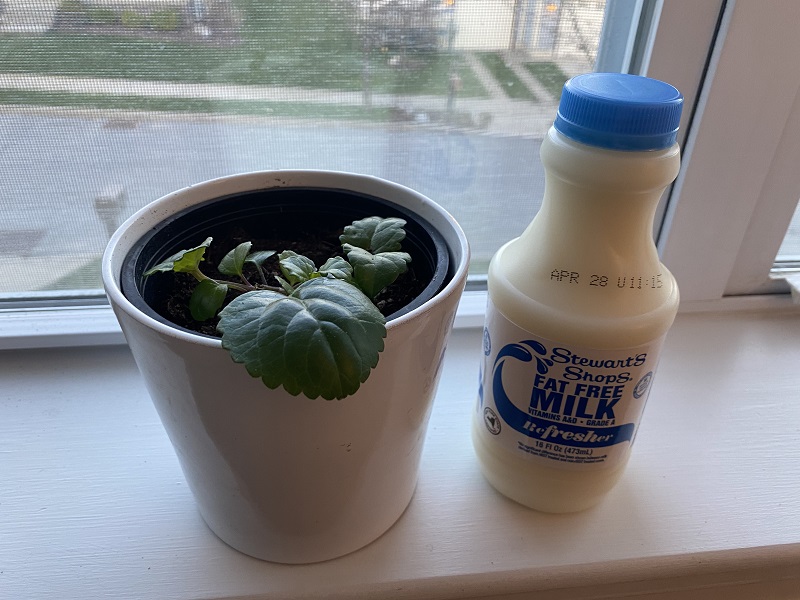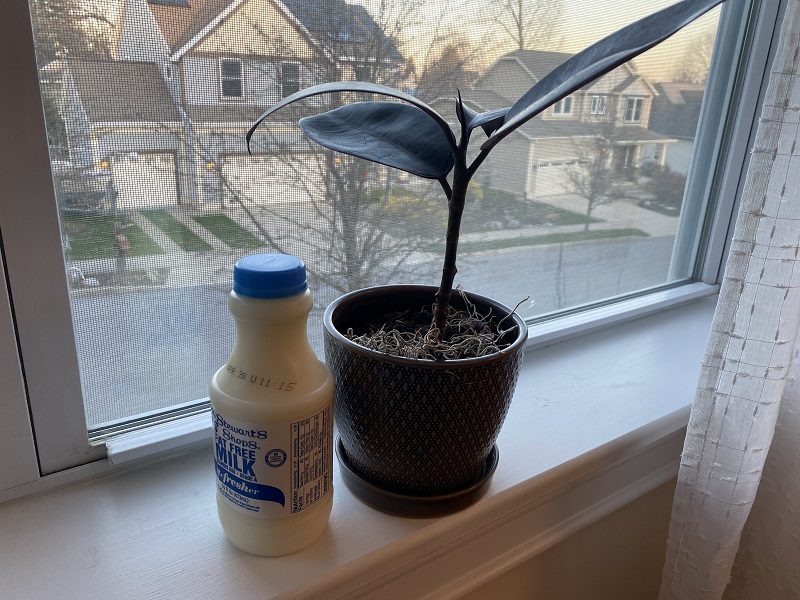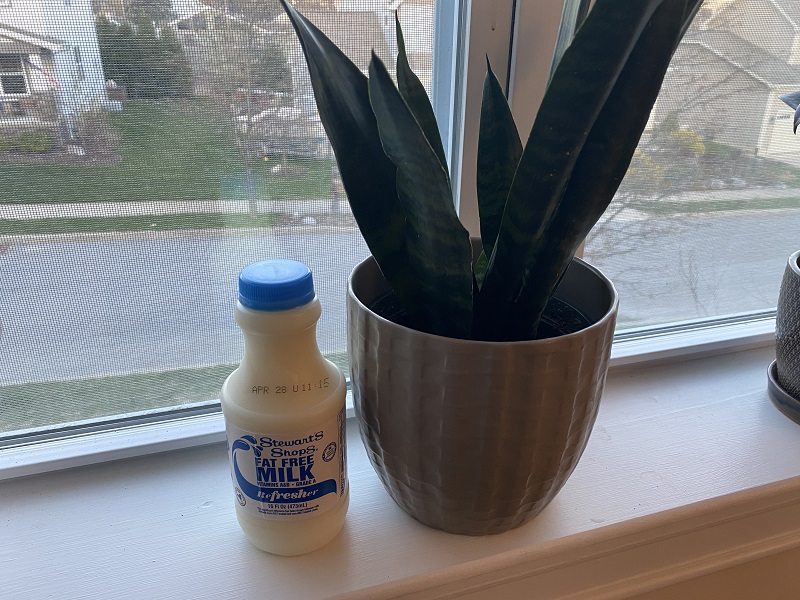Is milk good for plants and gardens? Afterall, milk is a staple part of most people’s diet, so what about plants? Milk has vitamin B, protein, sugar, and is an excellent source of calcium, so would there be any benefit to adding that to a plant’s diet? The answer is yes, but there are some things you should know about before pouring a gallon of fresh milk directly on a plant.
So, what does one gallon of milk consists of precisely via nutrients? Can milk be good for fighting against fungal diseases in plants? What are the pros and cons of using milk on plants? Does it make any difference if the milk is whole, skim, spoiled milk, 1%, 2%, almond, etc.?
So, is milk good for plants? Here is the complete breakdown!
What Does One Gallon of Milk Consist Of?
According to Healthline.com, one gallon of whole milk contains 2,400 calories. In addition to that, there are 123 grams of protein, 187 grams of carbohydrates, and 4,800 milligrams of calcium. According to Kemps.com, one gallon of skim milk contains 1,440 calories. Along with that, there are 144 grams of protein and 208 grams of carbohydrates.
In addition to that, milk, including skim, almond, 1%, and 2%, contains loads of vitamins, sugars, and protein, benefiting plant growth.
What Do Plants Crave to Grow Healthy and Strong?
Plants need a variety of elements to grow healthy and strong. Those elements include sunlight, water, a suitable climate, and the correct soil. In addition, plants need nutrients like calcium, nitrogen, potassium, and phosphorus to grow.
Do Plants Need Calcium?
According to Frontiers in Plant Science, calcium promotes plants’ healthy growth and development. Calcium can improve water penetration, protect against diseases, and strengthen the cell walls of plants. When plants have a calcium deficiency, it can lead to growth problems and other concerns.
Why Do People Thinking Adding Milk is a Good Idea to Houseplants and Your Garden?
Since milk contains calcium and plants need calcium to grow healthy and strong, people assume that you can give plants milk. While that is true, there are some things you should know about before giving plants too much milk. Here are the pros and cons below.
What are the Pros of Using Milk for Plants?
There are plenty of pros to using milk on plants during the growing season. For one, milk contains calcium, an essential nutrient that plants need to grow. Second, it can prevent blossom end rot, common in tomato plants. Finally, using part milk and water can keep away certain pests from infesting your garden.
Here are the pros in more detail.
Gives a Shot of Calcium to Plants
One of the most significant benefits of watering plants with milk is that it adds calcium to their diet, a necessary nutrient. Unlike adding straight water to a plant’s diet, mixing a bit of milk into the spray can give their system appropriate calcium.
Helps Prevent Blossom End Rot
Tomato plants, squash, and peppers are standard vegetables in home gardens. One of the most common problems these plants run into is calcium deficiency. By adding a milk mixture to their water diet, you can help boost the calcium they need to grow healthy and robust and deter blossom end rot.
Milk Fertilizer Works Great as a Pesticide
Milk can deter aphids from latching onto your houseplants and garden. Feeding your plant milk can help stop powdery mildew from showing up on the leaves of plants as well.
What are the Cons of Using Milk for Plants?
The primary concern of using milk directly on plants and in a garden is that too much can cause growth problems. For instance, whole milk contains a lot of fat, which can have a bad smell. In addition to that, there can be other problems with black rot and soft rot if you let the milk stay lingering around the root system for too long.
In addition to that, another issue is that using milk for plants is expensive. Even if you use powdered milk, it is still a costly option for plant owners to use.
What are the Signs that Plants Have a Calcium Deficiency?
There are two primary ways to test if your plant has a calcium deficiency. One is with your eyes and if the plant has stunted growth. The second is using a soil testing kit to measure the soil health. For the latter, you will need to use a soil testing kit to measure the soil to see if the soil is lacking in this vital ingredient, which can be difficult if you are reasonably new to plant care.
Can You Use Milk as a Fertilizer for Plants?
The best way to use milk as a fertilizer to encourage plant growth is to mix milk with equal parts of water. The best DIY milk fertilizer combination is a 50/50 ratio and putting the solution into a spray bottle. Using a spray bottle to spray the plant leaves and garden soil is the best way to give the plant a milk boost without overdoing it.
Conclusion: Is Milk Good for Plants?
In summary, adding cow milk, almond milk, skim milk, and more to a plant’s diet can have loads of benefits. Milk has calcium, which is a critical nutrient that plants need to grow healthy and strong. Milk can help give plants additional calcium and contain lactoferrin, which is an excellent fungicide.
While there are benefits to using milk on plants, you should be aware of some cons. If you give the plant too much milk at once, you can run into bad smells and different types of root issues. Also, using milk on plants is expensive, so consider that if you are on a budget and are looking for a way to give plants additional nutrients.
A gardening tip is to mix equal parts milk and water together and then put that milk solution in a spray bottle to give to plants. By spraying down the plant with a bit of milk spray, you won’t give the plant too much milk, which will allow them to absorb the nutrients naturally. Also, you can use milk that is past its expiration date, which can help reduce waste. Instead of dumping milk past the expiration date down the drain, you can use it to water plants.
Similar Posts:
Is Having Plants in your Bedroom Good or Bad?
Why are Mushrooms Growing on my Houseplant?
Are Eggshells Good for Plants?
Can You Repot Plants in the Winter?
Are Humidifiers Good for Plants?
Is Rice Water Good for Plants?
How to Increase the Humidity around Plants?
Is it OK to Water Plants at Night?
Is Bong Water Good for Plants?

